Note: This information is based on experience in the Mid-Atlantic states; recommendations in other regions may vary.
Broadleaf dock and curly dock are introduced perennials with tap roots that grow all over North America and are common in the Mid-Atlantic region. Seedlings come up all year, but the most come up in the spring and fall, when daily temperature changes are the biggest. Fall emerging seedlings will overwinter and resume growth in the spring. Plants can grow back from the taproot as soon as five to eight weeks after they sprout, but they can only grow back from the rootstock for two to three years. Both species are very tolerant of frost.
Dock weed, also known as broadleaf dock or curly dock, is a persistent and invasive weed that can quickly take over gardens, lawns, and flowerbeds. With its long taproot and ability to regrow from the smallest root fragments left behind, dock weed can be notoriously difficult to control. However, with some persistence and the right techniques, you can get rid of dock weed for good.
What Makes Dock Weed Hard to Eliminate
There are a few key characteristics of dock weed that enable it to spread readily and evade removal efforts
-
Taproot – Dock weed has a long taproot that can extend several feet underground, making manual removal difficult.
-
Regenerates easily – Even small sections of dock weed’s taproot left in the ground can resprout into new plants
-
Self-seeding – Dock weed produces thousands of seeds that scatter and sprout new weeds
-
Tolerates mowing/cutting – Removing top growth does little to stop dock weed as it just regrows from the intact roots.
-
Grows aggressively – In ideal conditions, dock weed can reach up to 5 feet tall, shading and crowding out desirable plants.
Organic Ways to Remove Dock Weed
For gardeners who want to avoid chemical herbicides, here are some organic options to try:
-
Hand dig roots – Use a shovel or trowel to dig at least 3 inches down and remove as much of the taproot as possible.
-
Smother with mulch – Cover patches with 3-4 inches of mulch to block sunlight and prevent growth.
-
Solarize the soil – Cover the area with clear plastic in summer to “bake” weed seeds and roots.
-
Apply corn gluten meal – Works as an organic pre-emergent herbicide to inhibit seed germination.
-
Maintain healthy turf – A thick, vigorous lawn will help crowd out dock weed seedlings.
-
Stay on top of removal – Don’t allow plants to go to seed and continually remove new sprouts.
Chemical Herbicides for Controlling Dock Weed
When organic options fail, certain chemical herbicides can be effective against dock weed:
-
Glyphosate (Roundup) – Systemic herbicide that kills the entire plant when applied to leaves.
-
Triclopyr (Turflon) – Selective broadleaf weed killer safe for grass that will kill dock weed.
-
2,4-D – Kills broadleaf weeds like dock but not grass. May require repeat applications.
-
Pre-emergents (Pendulum, Barricade) – Create a chemical barrier to prevent dock weed seeds from sprouting.
-
Vinegar – High concentrations (20% acetic acid) provide non-selective weed control.
Always read herbicide labels carefully and take safety precautions when using chemicals.
Timing of Dock Weed Removal
-
Spring – Hand dig first flush of young plants when soil is moist and roots are short.
-
Summer – As plants reach maturity, mow or apply systemic herbicide for best translocation to the roots.
-
Fall – Spot treat any last remnants before plants go dormant for winter.
-
Late fall – Apply pre-emergent herbicide to inhibit next year’s seedlings.
Control and Prevention Tips
-
Eliminate seed production by cutting or mowing plants before they flower.
-
Do not rototill or cultivate areas with dock weed as this spreads the roots.
-
After herbicide treatment, replant with native plants suited to the environment.
-
Maintain healthy soil and avoid compacting roots zones where dock weed flourishes.
-
Buy weed-free seed mixes and mulch to avoid introducing dock weed.
-
Monitor regularly for new seedlings and remove immediately before roots establish.
How to Recognize Dock Weed
Identifying dock weed is the first step in controlling it on your property. Here’s how to spot it:
-
Grows as a basal rosette in the first year with large oval leaves up to 6 inches long.
-
Mature plants can reach 5 feet tall with reddish, ridged stems.
-
Leaves are alternate, lance-shaped, with curly or wavy margins. Often have red veins.
-
Tiny greenish flowers bloom on branched stalks in summer, producing hard brown seeds.
-
Forms dense stands and populations from an extensive underground root system.
-
Most often found in moist areas like stream banks, ditches, meadows and disturbed sites.
Persistence is Key
While dock weed may seem impossible to get rid of at first, don’t get discouraged. It can take persistence over multiple growing seasons to fully eradicate. Use a multi-pronged approach combining manual removal, maintenance of healthy turf or landscape plants, and smart application of organic and chemical controls. With vigilance to identify and attack each new generation of seeds and sprouts, you can rid your yard of dock weed for good.
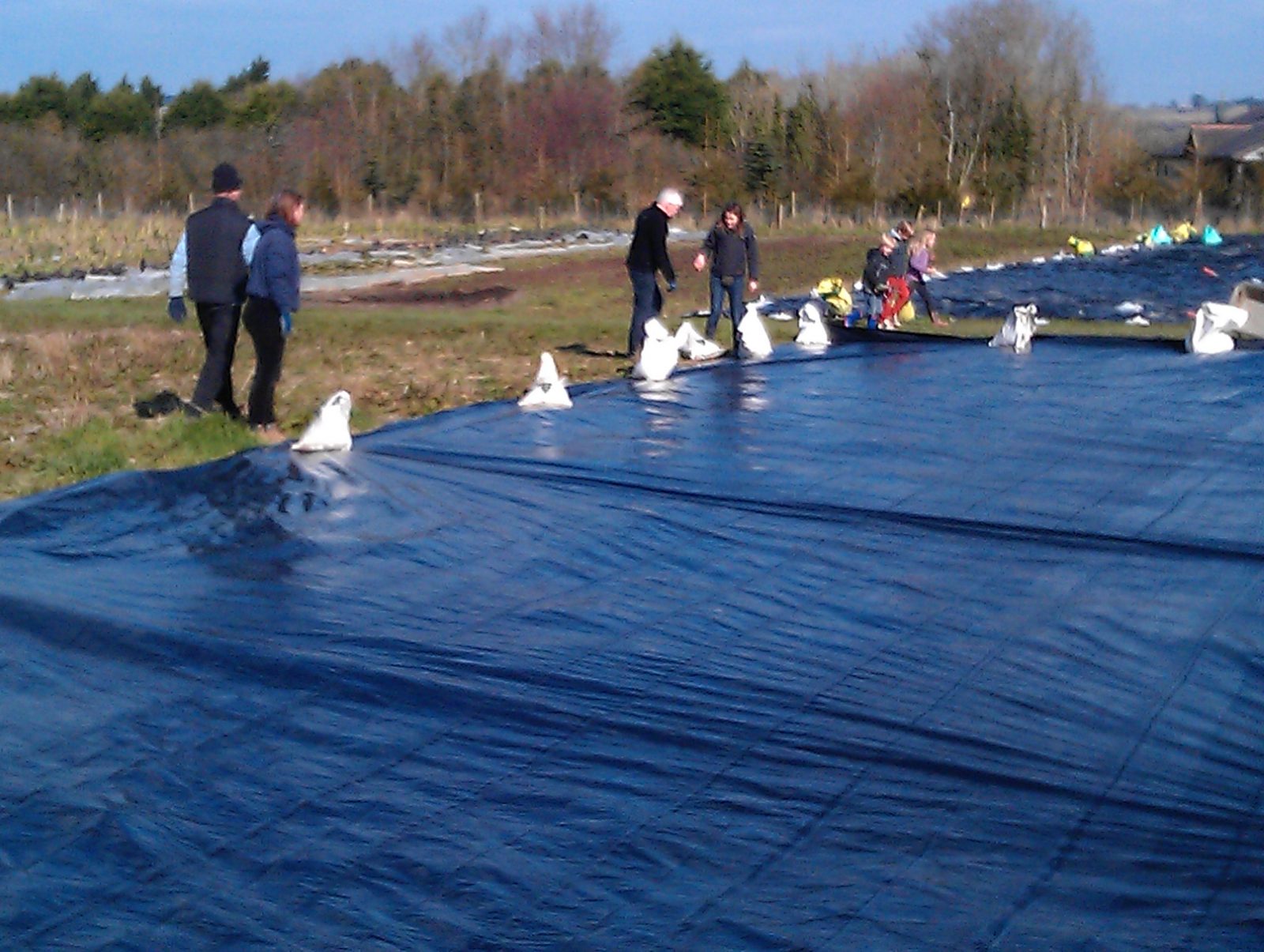
How important are herbicide rotation and tank-mixing?
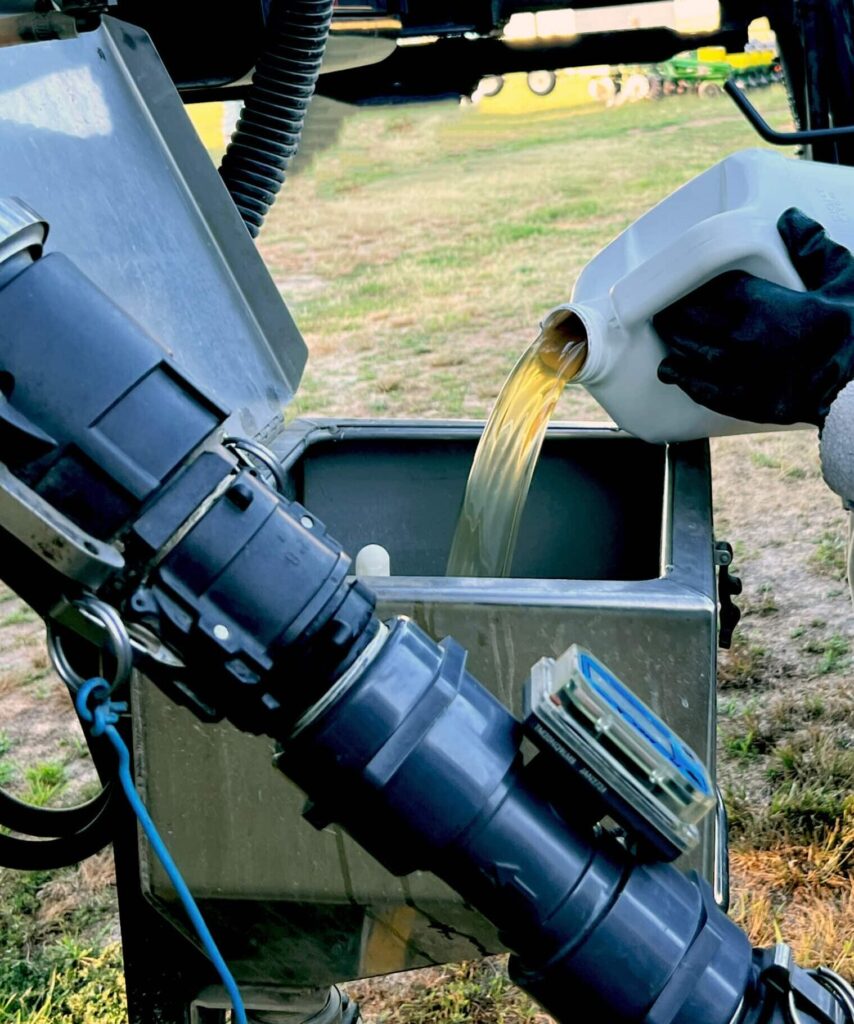
Agricultural professionals often say that to delay resistance, it’s best to switch between herbicide MOA and use two or more effective MOA in tank mixtures. When used together, the chance that a weed will become resistant to two different herbicide MOA is lower than the chance that it will become resistant to just one herbicide MOA. Also, changing the MOA during and between seasons lowers the amount of time the plants are exposed to the active ingredient and the selection pressure it might put on them. In the next example (Table 1), two effective MOA are used to treat only Palmer amaranth, one of the three weeds that are being targeted.
Table 1. Introduction to multiple effective modes of action.
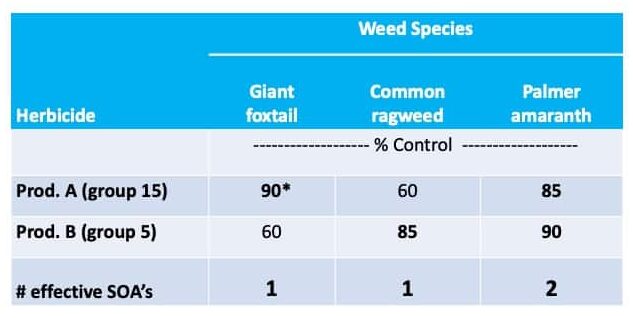
Multiple effective MOA can help manage weeds and delay herbicide resistance, but only if there aren’t any biotypes of weeds that are already resistant to herbicides from certain groups. As an example, Table 2 shows that several effective herbicides MOA can be used to get rid of waterhemp that isn’t resistant. However, as multiple resistance becomes more problematic, effective herbicide modes of action become limited. Without resistance, there are herbicides from seven mode of action groups that can target waterhemp. However, if you encounter six-way resistant waterhemp which has been identified in at least two U. S. states, only glufosinate (Group 10) remains to help control the six-way-resistant biotype. Some of our most troublesome weeds already have multiple resistances, which makes it much harder for us to use herbicide selection strategies that work for managing resistance.
Table 2. Effectiveness of seven different MOA groups for control of herbicide-susceptible and herbicide-resistant waterhemp in corn or soybean. Waterhemp ranges from susceptible to having six-way herbicide resistance. In Missouri, Minnesota, and Illinois, waterhemp has been found to be resistant in six different ways. In Ontario, Canada, and North Carolina, it has been found to be resistant in five different ways.
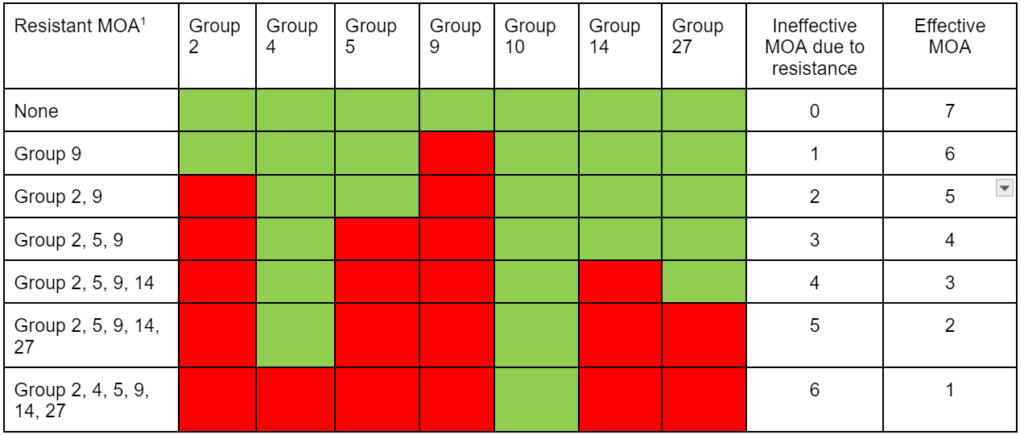
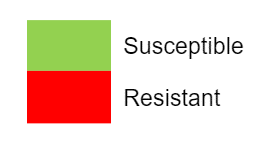
New research on rotating vs. tank-mixing herbicides has shed new light on which method is best for stopping herbicide resistance, including resistance at the target site and resistance at other sites. For an overview of this, watch this GROW video with University of Illinois weed scientist Dr. Patrick Tranel:
For more information on how to mix effective herbicide modes of action, see Beyond Herbicide Site of Action: Considering “Effective” Sites of Action.
Watch this video here:
What does it cost to manage herbicide resistance?

It’s not likely that herbicide-resistant biotypes will change back to susceptible biotypes within a farming generation, even if you stop using the herbicides that they are resistant to. This is especially true if the resistant biotype becomes established for several years and is producing seed annually. Once resistance is set up, fields usually have a mix of biotypes that are susceptible and biotypes that are resistant. We’ll call these biotypes S and R. The ratio of these individuals could change over time depending on herbicide use. Over time, using the same group of herbicides over and over will make the population of a biotype that is resistant grow and become the dominant biotype.
There is a phenomenon in plants known as a “fitness penalty,” wherein the resistance trait comes with inferior growth and/or reproduction. But in most instances, herbicide resistance does not appear to introduce a substantial fitness penalty. As a result, even if the problem herbicide group is no longer used, and a portion of the susceptible seedbank remains, the population will likely continue to be a mixture of R and S biotypes. Depending on the species and other management inputs, weed seeds can persist in the soil for several years. Seeds buried deeper in the plow layer tend to remain viable longer than seeds closer to the soil surface. Of course, seeds buried below the depth they are capable of emerging pose little risk, unless they are brought back near the soil surface with tillage. The seeds of some species, such as giant foxtail and other annual grasses, generally survive for only a few years. Others with harder seed coats, such as common lambsquarters and velvetleaf, might survive for decades in the soil under the right conditions. Depending on the weed species, this could impact the longevity of both R and S biotype seeds in the soil. If there are no weed seeds produced at the end of the growing season, the size of the weed seed bank will decline as seeds die, and the frequency of R and S biotypes should remain the same.
How to Remove/Kill Dock Weed Organically || Quick & Easy Guide
FAQ
What is the best weed killer for docks?
What spray kills dock weed?
What kills dock leaves but not grass?
What weed killer kills dock?
- A Complete Guide to Caring for Yuki Cherry Blossom Shrub - January 23, 2025
- Identifying Red Hot Poker Seeds: What to Look For When Harvesting Torch Lily Pods - January 23, 2025
- A Complete Guide to Harvesting Evening Primrose Seeds - January 23, 2025
